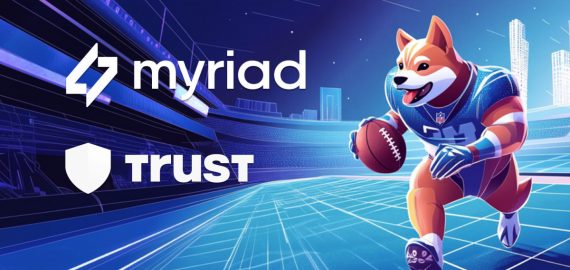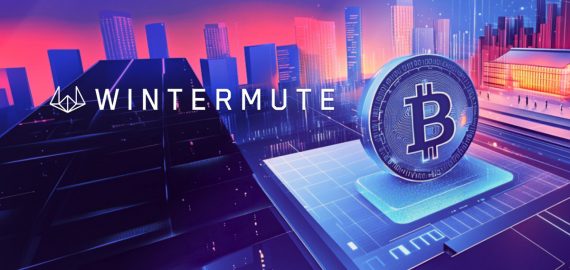Interlace Is Powering the Future of Crypto Payments—and Taking On the Banks


In Brief
Interlace is building the compliant, secure infrastructure powering crypto payments, cards, and global payouts—bridging crypto and banking to make finance more open, usable, and competitive.
In the divide between traditional finance and crypto, Interlace is building the bridge—and they’re doing it with cards, compliance, and seamless global payouts.
At the core of Interlace’s mission is a deceptively simple idea: make crypto infrastructure as trustworthy and usable as traditional finance, but far more inclusive.
“Right now, you have a banking system that keeps people out,” says Mark Homeier, Chief Business Development Officer at Interlace. “Crypto lets anyone in—but it’s complicated and not always protected. We’re solving both.”
The Infrastructure Behind the Onboarding Process
Unlike consumer-facing crypto startups, Interlace is purely B2B. Their customers are the local wallets, fintech apps, and regional payout platforms that everyday users interact with. Interlace operates behind the scenes—providing the rails, regulation, and reliability these services need to scale safely.
“We work with downstream providers—wallets, payment systems, payout systems,” says Homeier. “We enhance their capabilities with banking relationships, card issuing, fiat, and stablecoin liquidity—all wrapped in a compliant infrastructure.”
Interlace isn’t just bridging crypto and banking—they’re building the foundation that lets wallets issue cards, support global payments, and offer banking-style services to their users. And they do it without the downstream partner needing to worry about KYC, AML, KYT, or liquidity sourcing.
Security and Compliance Built In
Interlace leverages battle-tested technologies like multi-party computation (MPC) wallets, one of the most secure forms of digital asset custody. However, the real differentiation comes from their full-stack compliance model.
“We do KYT on all transactions, we screen wallets, we run AML and KYC with multiple systems,” explains Homeier. “We keep the ecosystem safe so our partners can focus on their users.”
This focus on regulated, enterprise-grade infrastructure positions Interlace as one of the few trusted players capable of supporting institutional-level flows, while still enabling grassroots fintech builders in emerging markets.
Crypto Cards That Compete With Traditional Banks
Interlace already supports stable, high-volume card issuance—something they’ve done quietly for years. But the new frontier, says Homeier, is around benefits innovation: bringing traditional rewards systems into the world of crypto cards.
“We’re exploring cashback, staking integrations, airline miles, travel rewards—all the things people love about traditional cards,” he says. “But now tied to crypto accounts and wallets.”
By enabling partners to build yield and loyalty programs into their card products, Interlace is making it possible for a user to earn travel rewards from their crypto wallet, without ever touching a bank.
This is a big deal. It signals a shift from crypto being merely functional to being aspirational and competitive with traditional finance products.
“Now you don’t need to go to your regular bank to get airline miles—you can get them on your crypto card,” says Homeier. “That’s the future I want.”
Disclaimer
In line with the Trust Project guidelines, please note that the information provided on this page is not intended to be and should not be interpreted as legal, tax, investment, financial, or any other form of advice. It is important to only invest what you can afford to lose and to seek independent financial advice if you have any doubts. For further information, we suggest referring to the terms and conditions as well as the help and support pages provided by the issuer or advertiser. MetaversePost is committed to accurate, unbiased reporting, but market conditions are subject to change without notice.
About The Author
Victoria is a writer on a variety of technology topics including Web3.0, AI and cryptocurrencies. Her extensive experience allows her to write insightful articles for the wider audience.
More articles

Victoria is a writer on a variety of technology topics including Web3.0, AI and cryptocurrencies. Her extensive experience allows her to write insightful articles for the wider audience.

















































